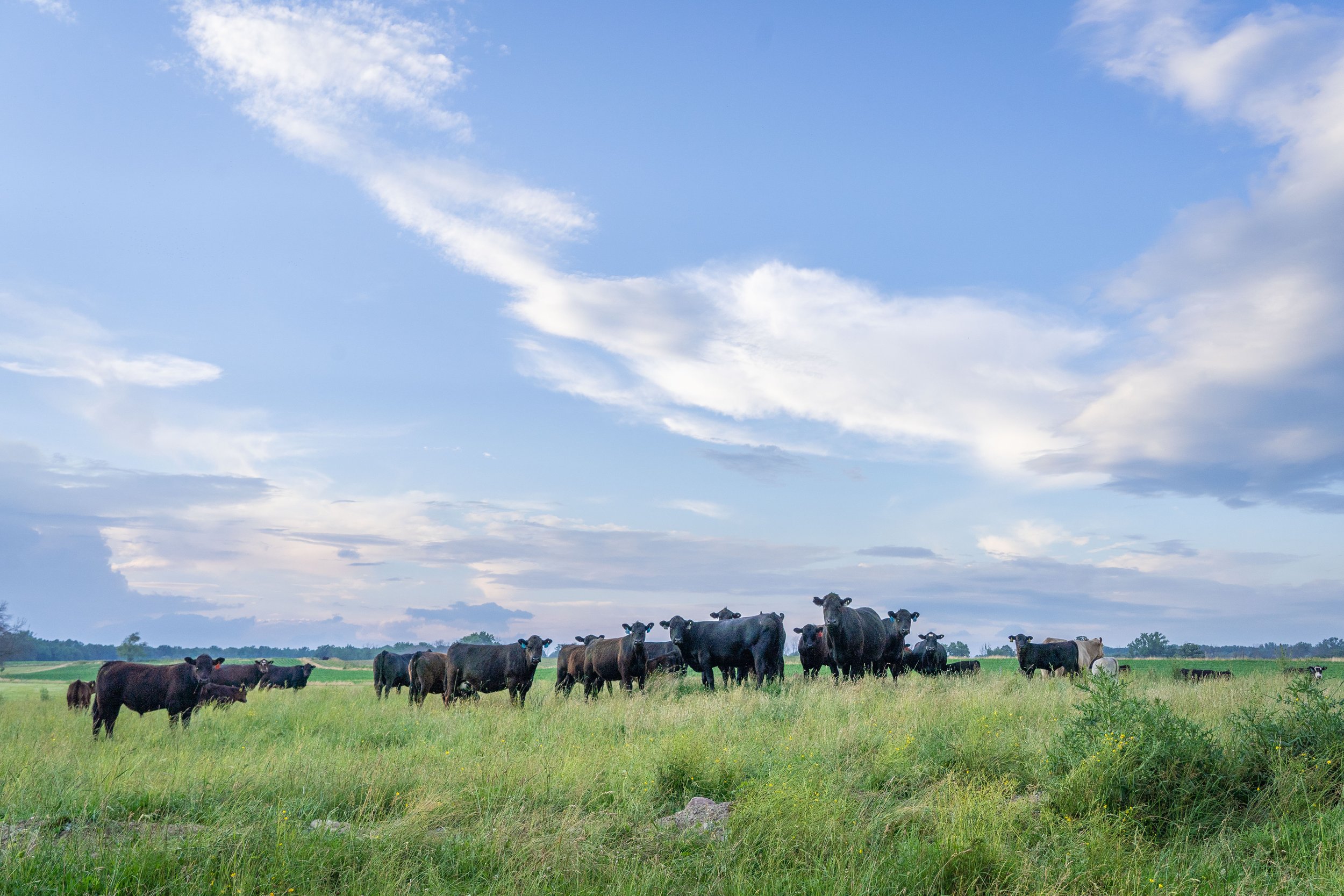Opening Development Possible: Bagley Risk Management Approaches
Opening Development Possible: Bagley Risk Management Approaches
Blog Article
Recognizing Livestock Danger Protection (LRP) Insurance Coverage: A Comprehensive Overview
Browsing the realm of animals threat defense (LRP) insurance coverage can be a complicated venture for lots of in the farming market. This sort of insurance policy uses a safety and security web against market variations and unexpected scenarios that can affect livestock manufacturers. By understanding the details of LRP insurance policy, manufacturers can make informed choices that might guard their procedures from monetary threats. From exactly how LRP insurance policy operates to the numerous protection options readily available, there is much to uncover in this detailed overview that could possibly shape the method livestock manufacturers come close to danger monitoring in their organizations.

How LRP Insurance Coverage Functions
Occasionally, comprehending the technicians of Livestock Risk Defense (LRP) insurance policy can be complex, but breaking down exactly how it works can supply clearness for farmers and breeders. LRP insurance policy is a threat administration device created to protect livestock manufacturers against unexpected rate declines. It's important to note that LRP insurance is not a revenue warranty; rather, it concentrates only on rate danger defense.
Qualification and Insurance Coverage Options

When it comes to coverage choices, LRP insurance supplies manufacturers the adaptability to pick the protection level, insurance coverage duration, and recommendations that best match their risk administration requirements. By recognizing the eligibility standards and protection alternatives available, livestock manufacturers can make informed decisions to take care of risk properly.
Advantages And Disadvantages of LRP Insurance
When reviewing Livestock Danger Protection (LRP) insurance, it is essential for livestock producers to evaluate the drawbacks and advantages fundamental in this danger monitoring device.

One of the main benefits of LRP insurance coverage is its capacity to provide security against a decrease in animals costs. Furthermore, LRP insurance offers a degree of versatility, enabling manufacturers to tailor protection levels and policy periods to fit their certain requirements.
Nevertheless, there are additionally some downsides to think about. One limitation of LRP insurance policy is that it does not protect versus all sorts of dangers, such as illness outbreaks or natural catastrophes. Furthermore, costs can often be expensive, especially for producers with large livestock herds. It is crucial for manufacturers to meticulously analyze their individual danger exposure and monetary situation to establish if LRP insurance coverage is the appropriate danger visit site monitoring tool for their operation.
Understanding LRP Insurance Premiums

Tips for Optimizing LRP Perks
Maximizing the advantages of Livestock Danger Protection (LRP) insurance needs tactical planning and proactive danger administration - Bagley Risk Management. To make the many of your LRP coverage, consider the complying with ideas:
Routinely Examine Market Problems: Keep notified concerning market patterns and price changes in the animals market. By checking these aspects, you can make informed decisions regarding when to buy LRP insurance coverage to shield against potential losses.
Establish Realistic Protection Levels: When picking protection levels, consider your production prices, market value of livestock, and prospective threats - Bagley Risk Management. Setting reasonable protection levels makes sure that you are effectively protected hop over to here without overpaying for unneeded insurance
Diversify Your Protection: As opposed to counting only on LRP insurance coverage, think about diversifying your danger management methods. Incorporating LRP with other danger administration tools such as futures my response agreements or options can supply comprehensive insurance coverage versus market unpredictabilities.
Review and Adjust Coverage On a regular basis: As market conditions alter, regularly assess your LRP coverage to ensure it aligns with your present risk exposure. Adjusting protection levels and timing of purchases can aid enhance your danger security approach. By following these tips, you can optimize the advantages of LRP insurance policy and secure your animals procedure versus unexpected risks.
Conclusion
Finally, livestock danger defense (LRP) insurance coverage is a beneficial device for farmers to manage the monetary dangers connected with their livestock procedures. By recognizing how LRP works, qualification and coverage choices, in addition to the advantages and disadvantages of this insurance policy, farmers can make enlightened choices to secure their incomes. By carefully taking into consideration LRP costs and applying techniques to take full advantage of benefits, farmers can minimize prospective losses and ensure the sustainability of their operations.
Animals manufacturers interested in acquiring Animals Threat Protection (LRP) insurance coverage can discover an array of qualification criteria and protection choices tailored to their specific animals operations.When it comes to protection alternatives, LRP insurance uses manufacturers the versatility to choose the coverage degree, coverage period, and recommendations that best match their risk administration needs.To grasp the ins and outs of Livestock Danger Security (LRP) insurance policy totally, recognizing the elements affecting LRP insurance coverage premiums is essential. LRP insurance coverage premiums are figured out by different elements, including the insurance coverage degree selected, the anticipated rate of livestock at the end of the insurance coverage duration, the type of animals being guaranteed, and the length of the coverage duration.Review and Readjust Coverage Frequently: As market conditions alter, periodically examine your LRP coverage to ensure it straightens with your existing danger exposure.
Report this page